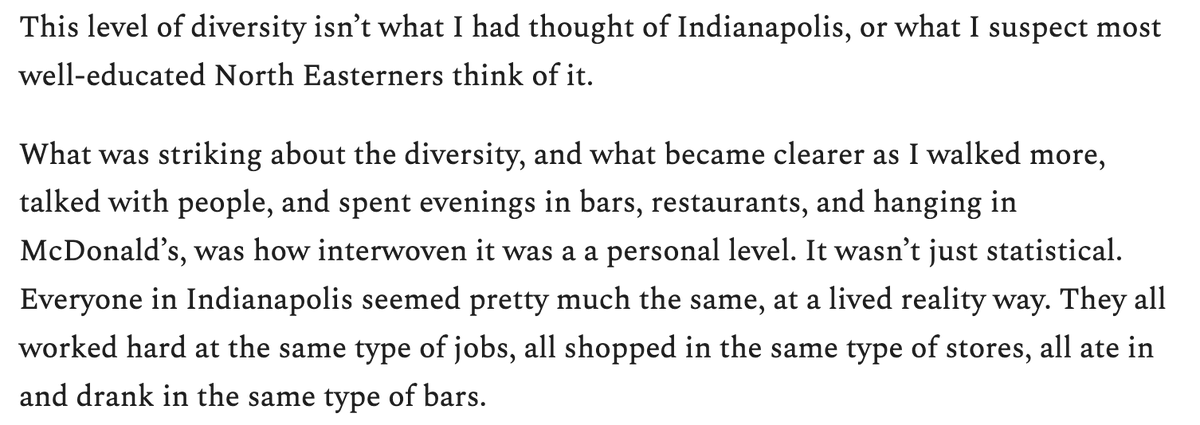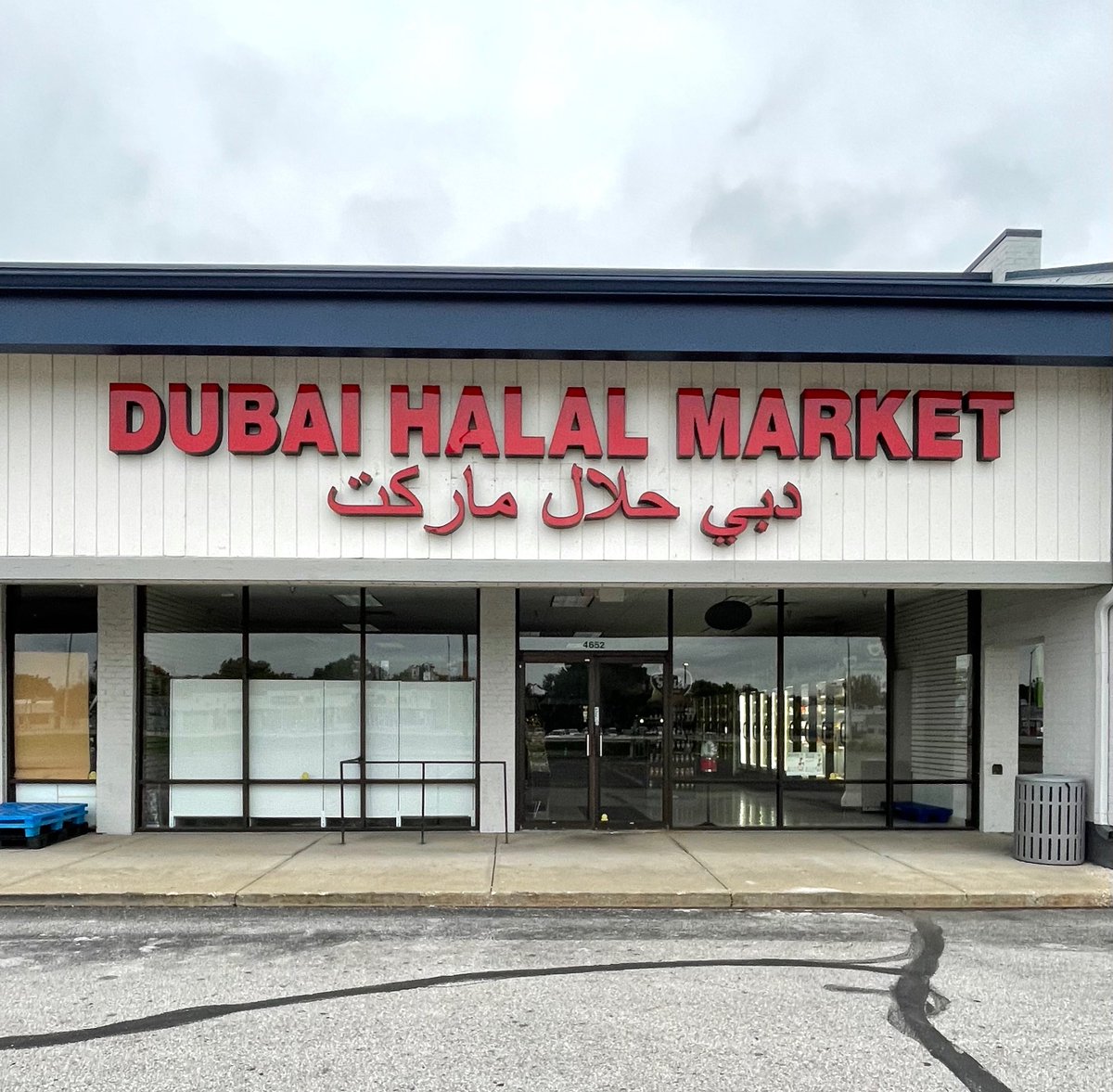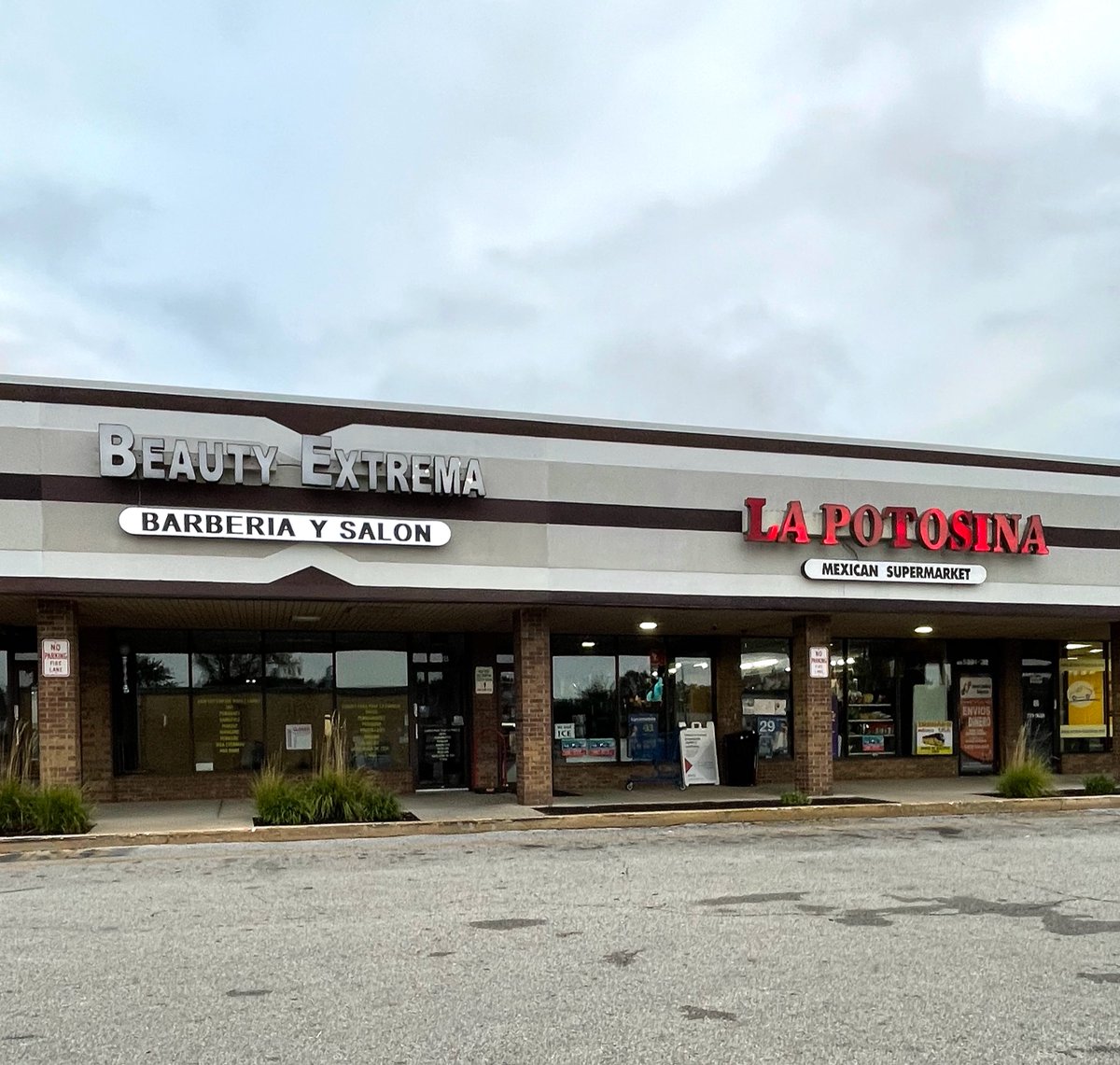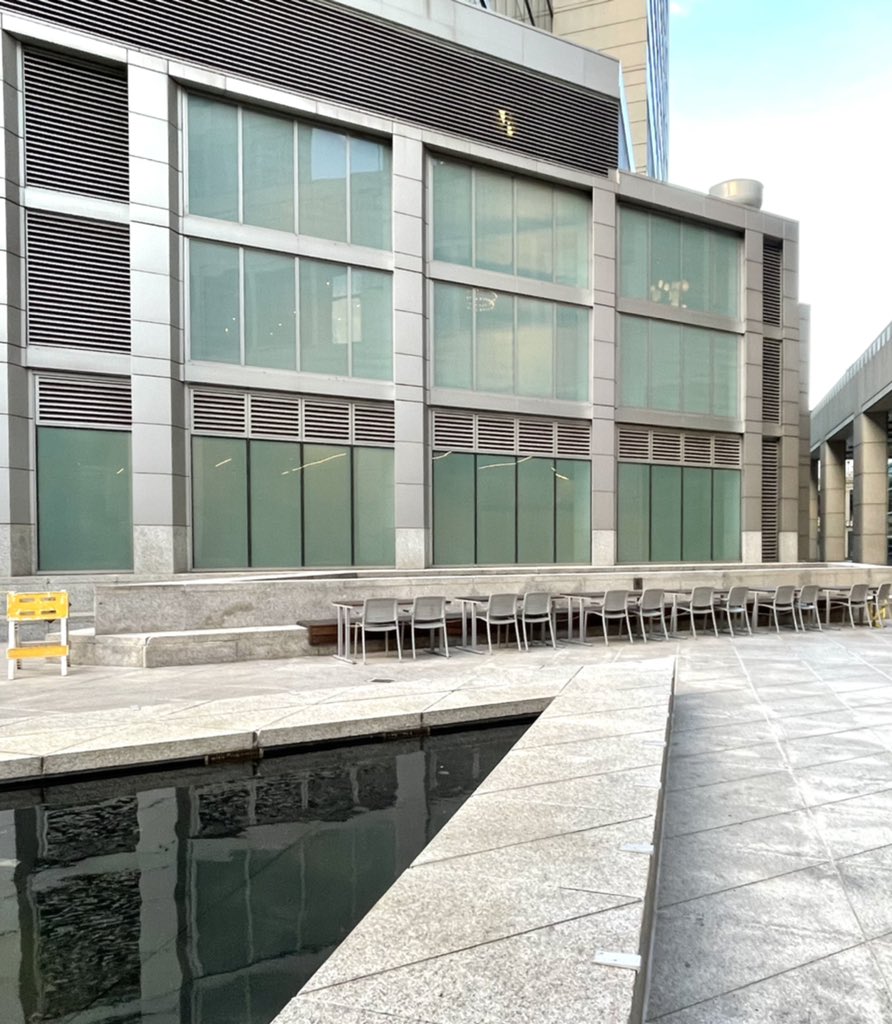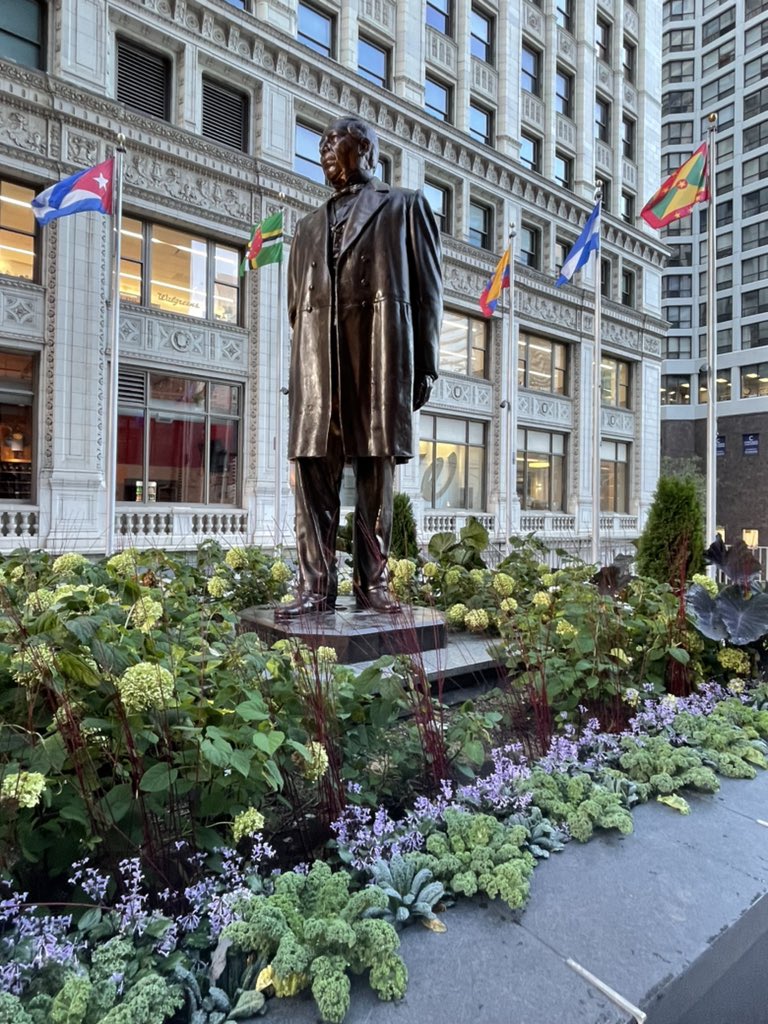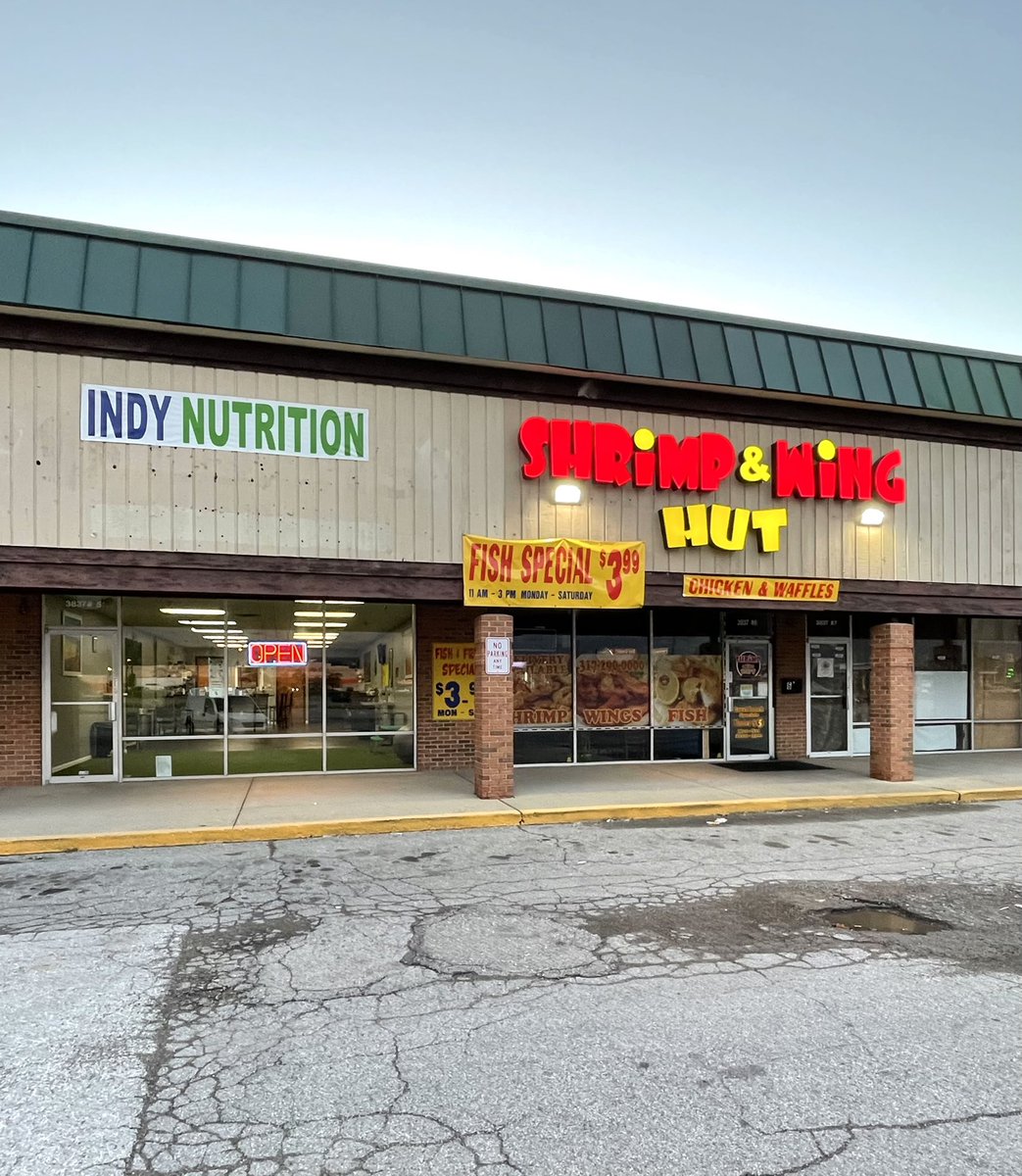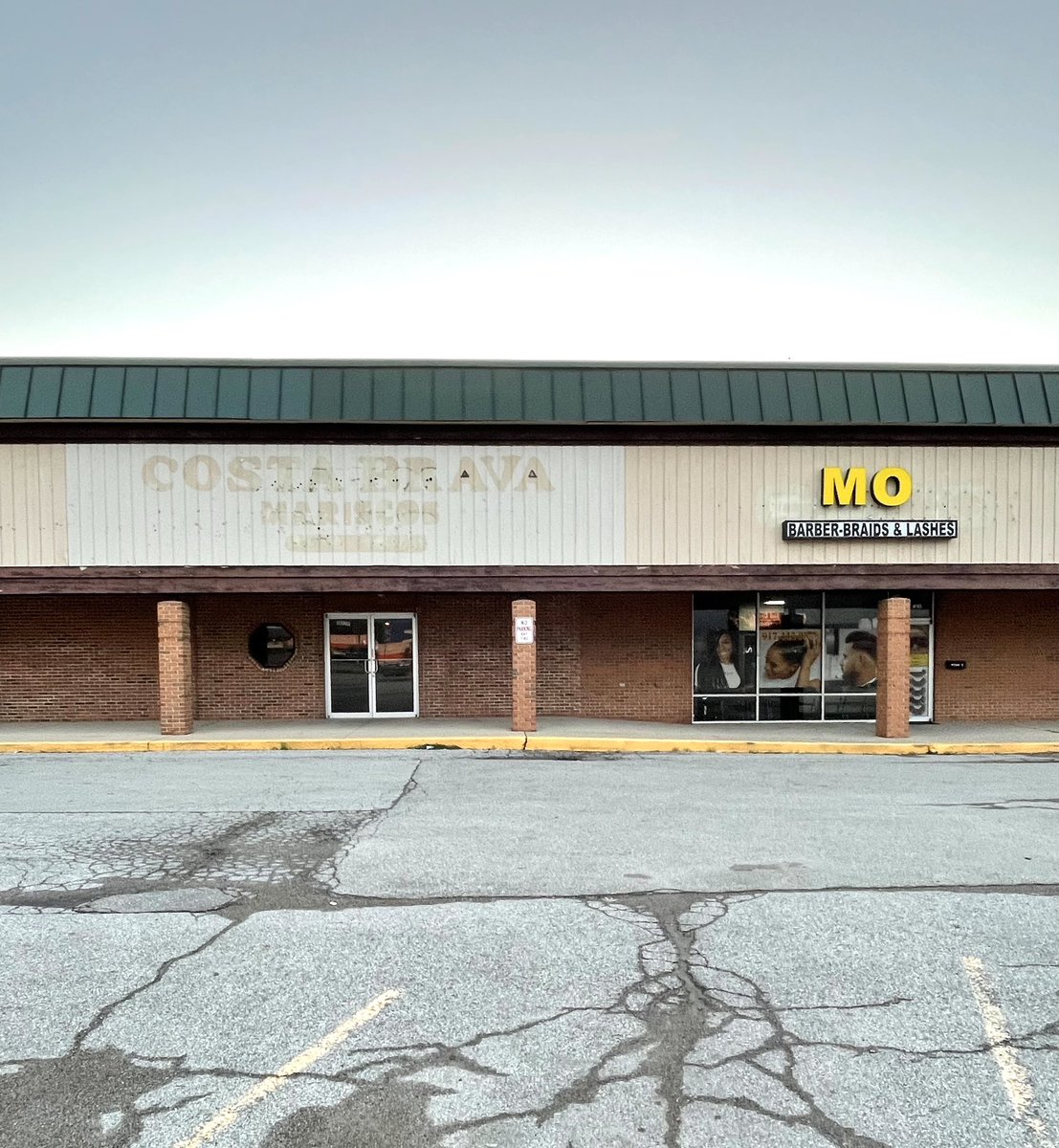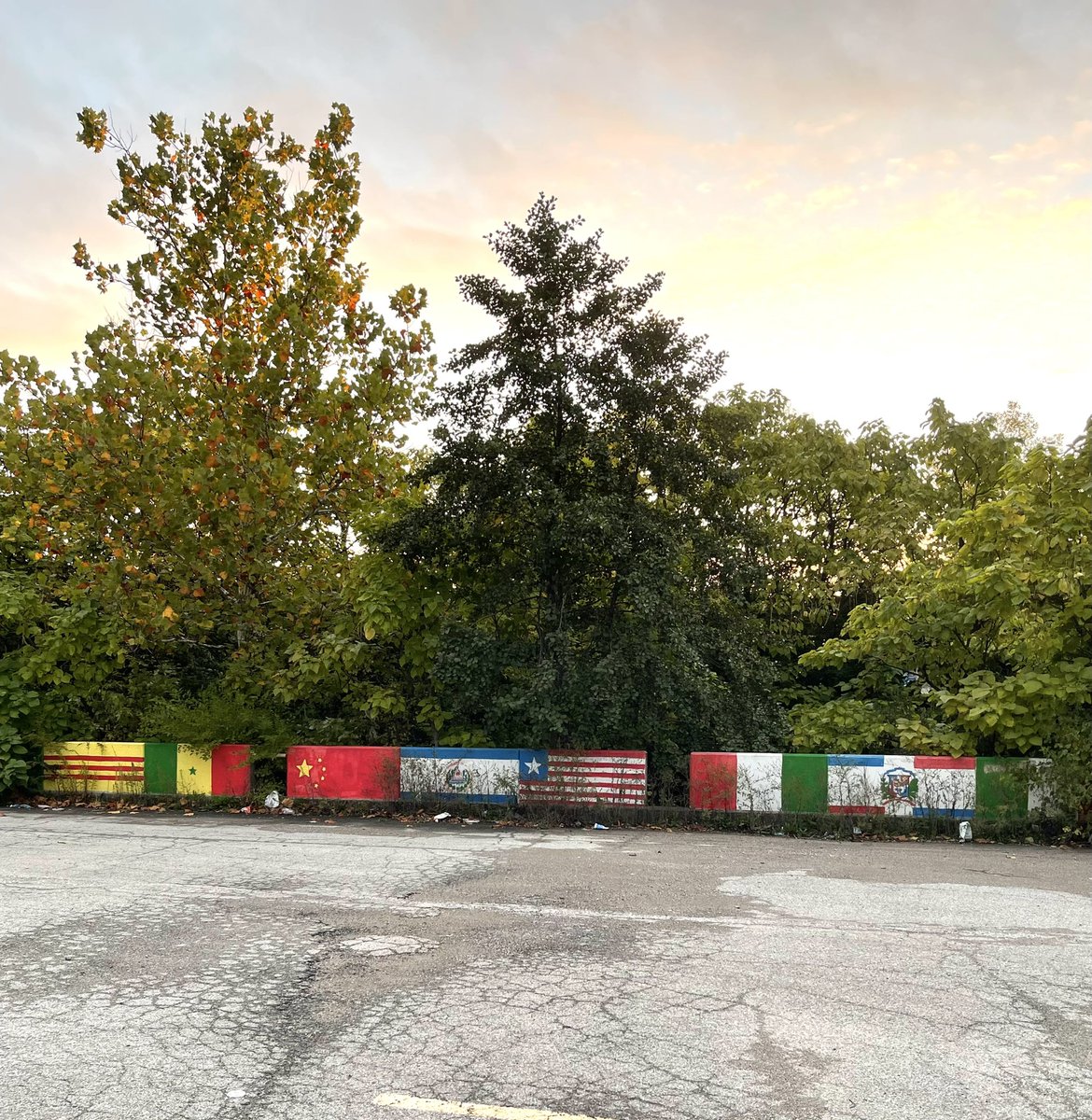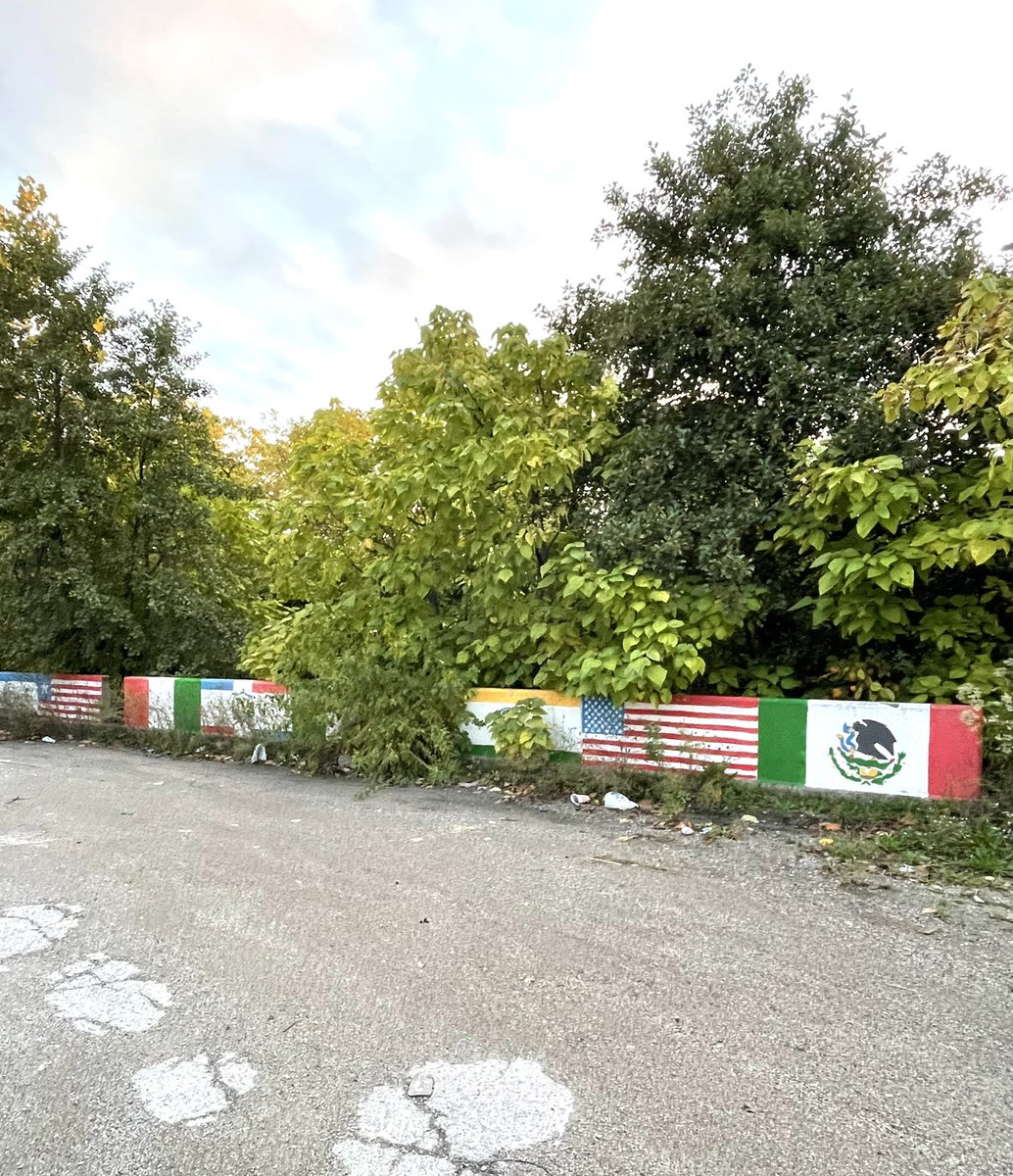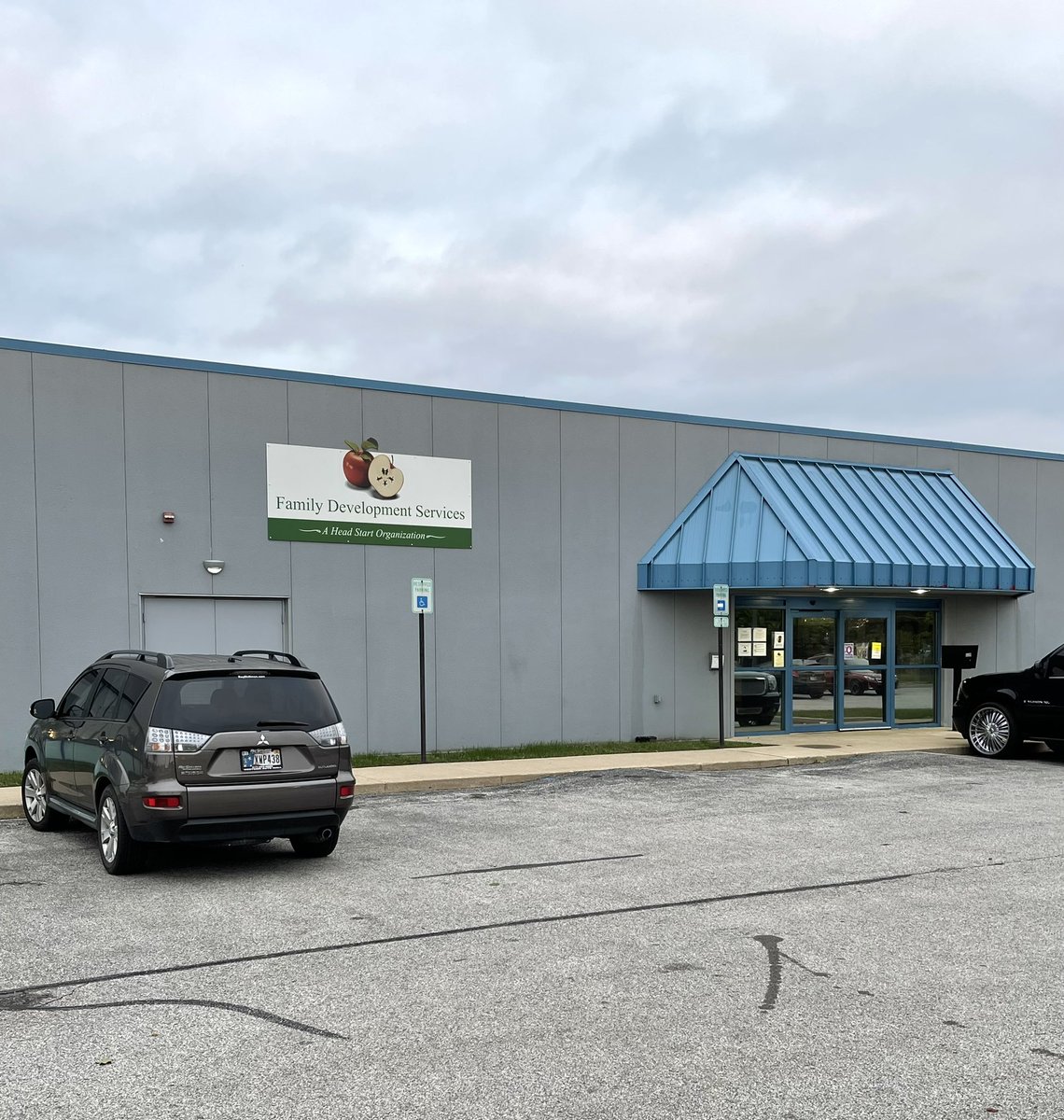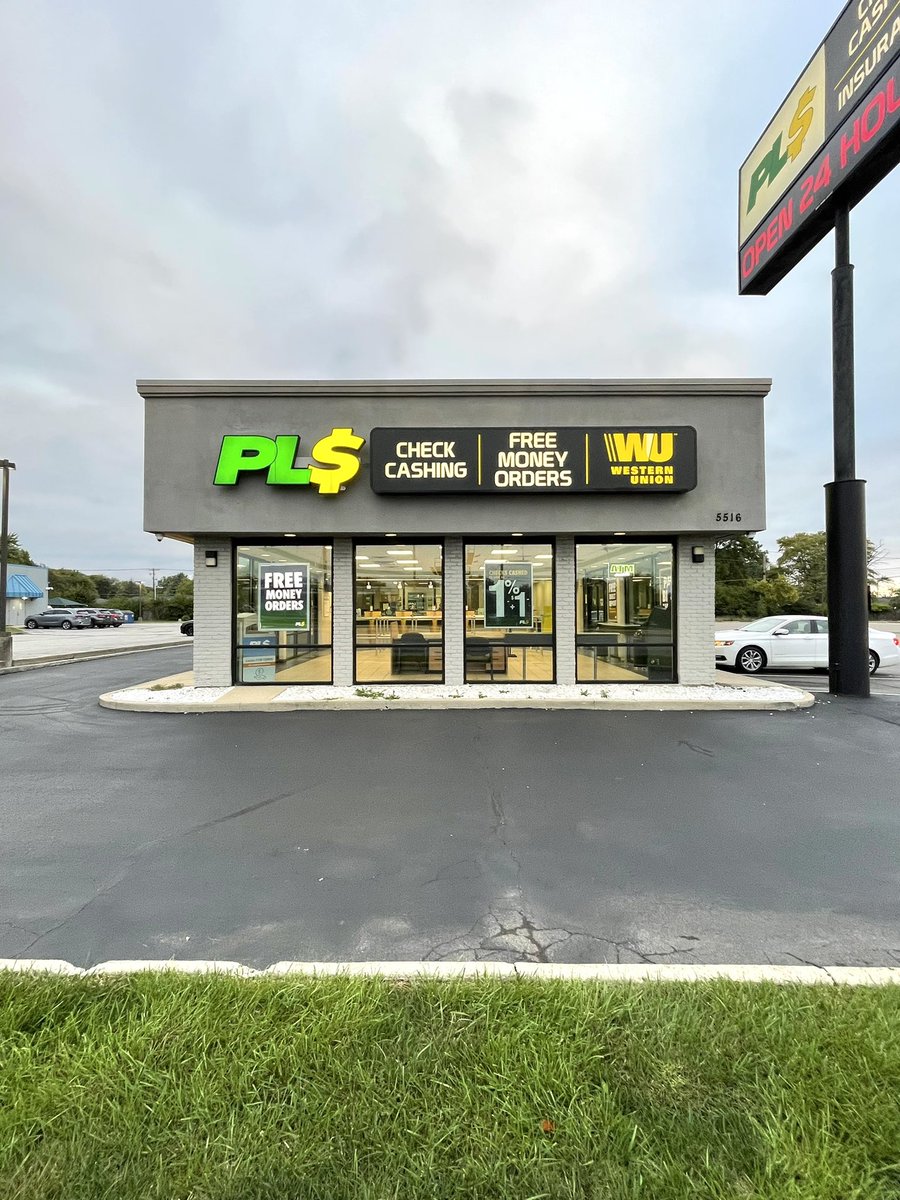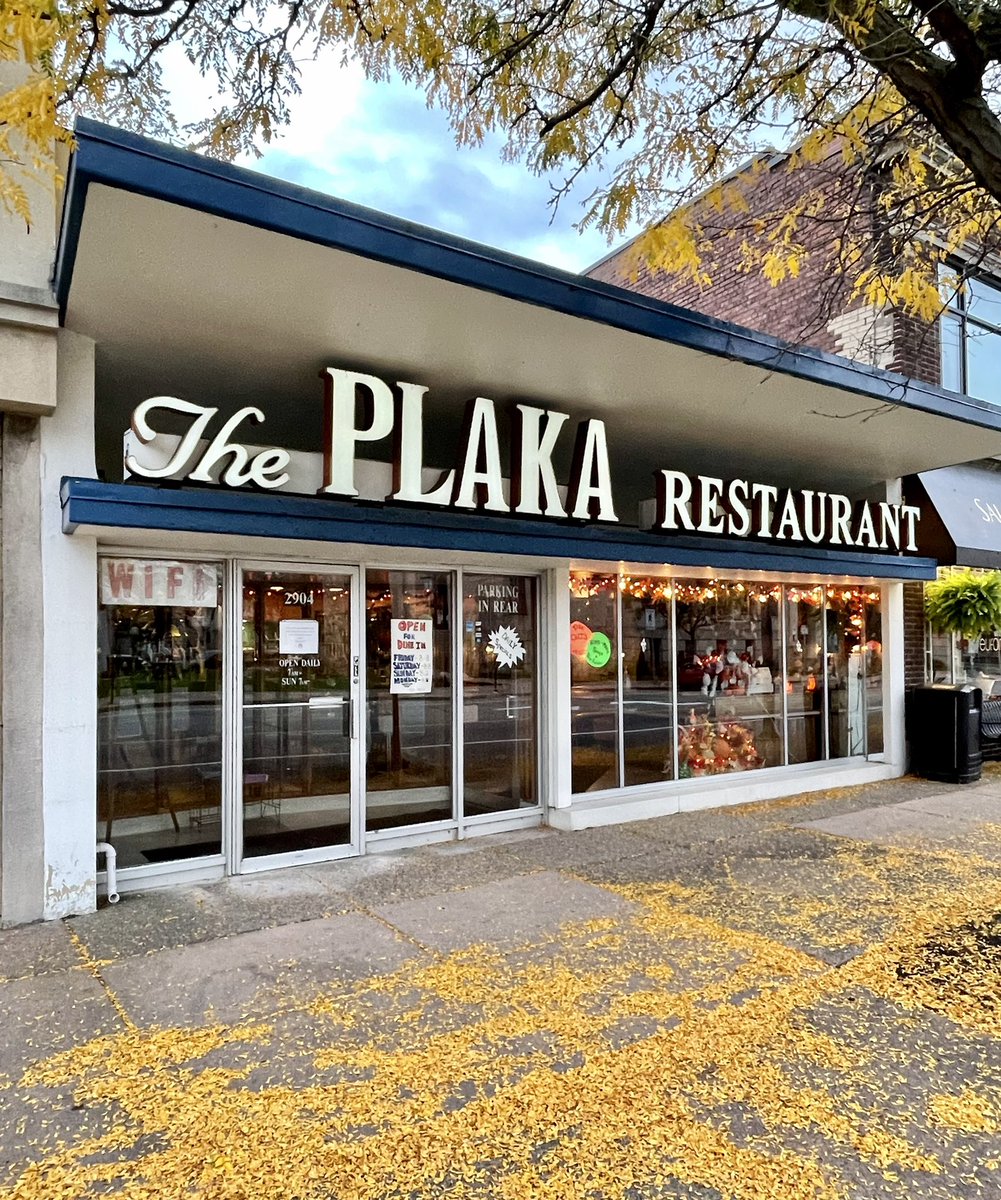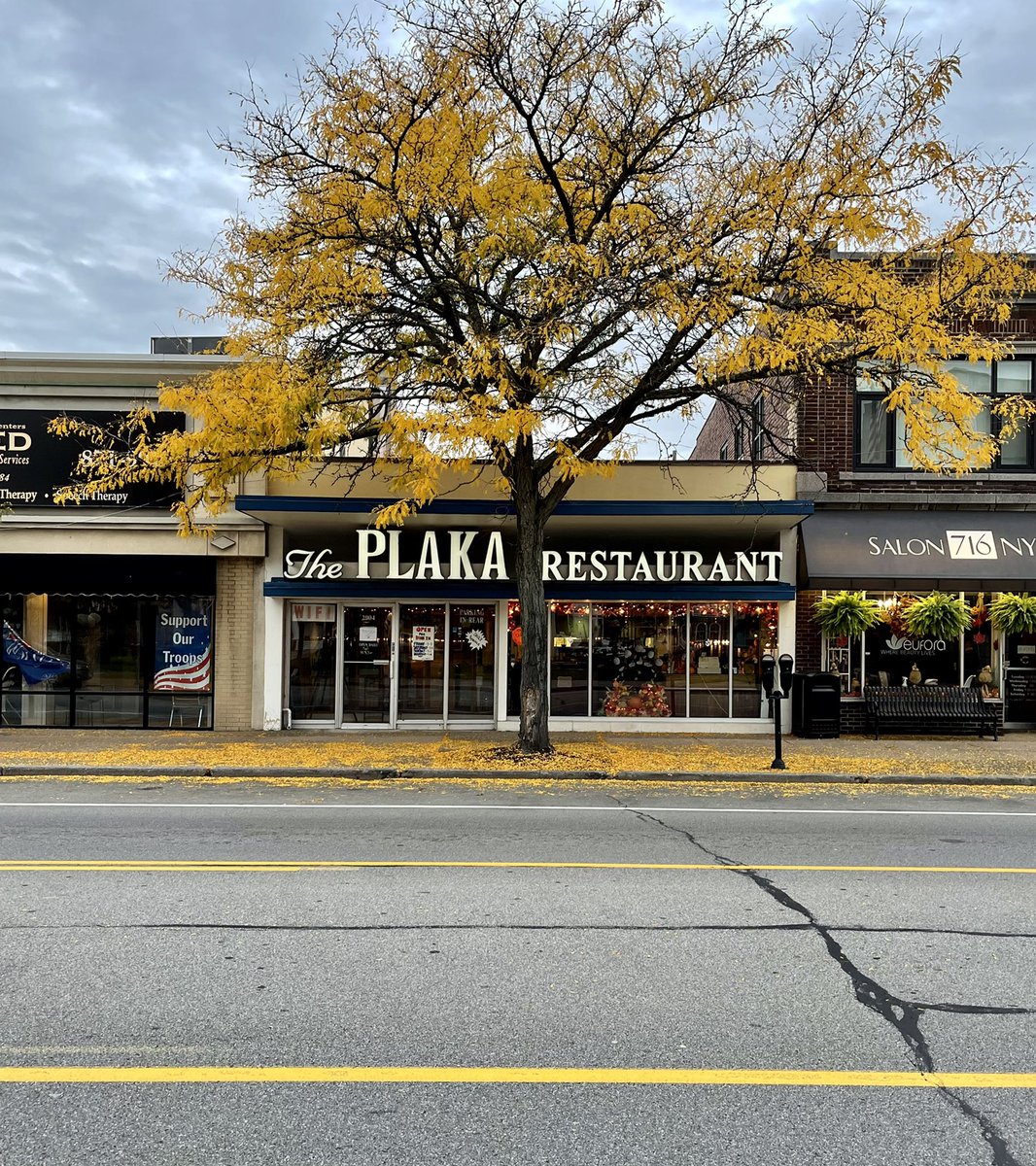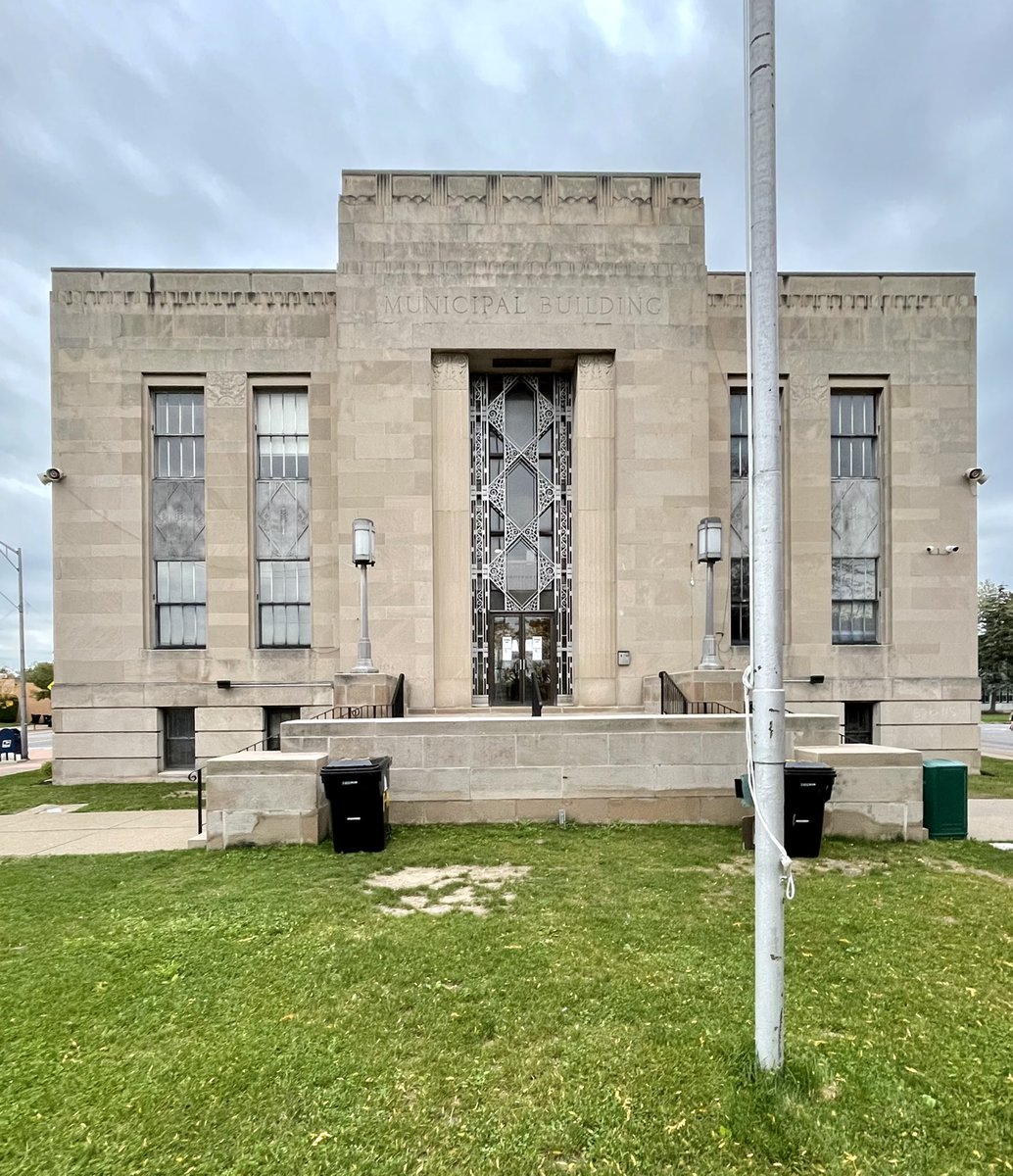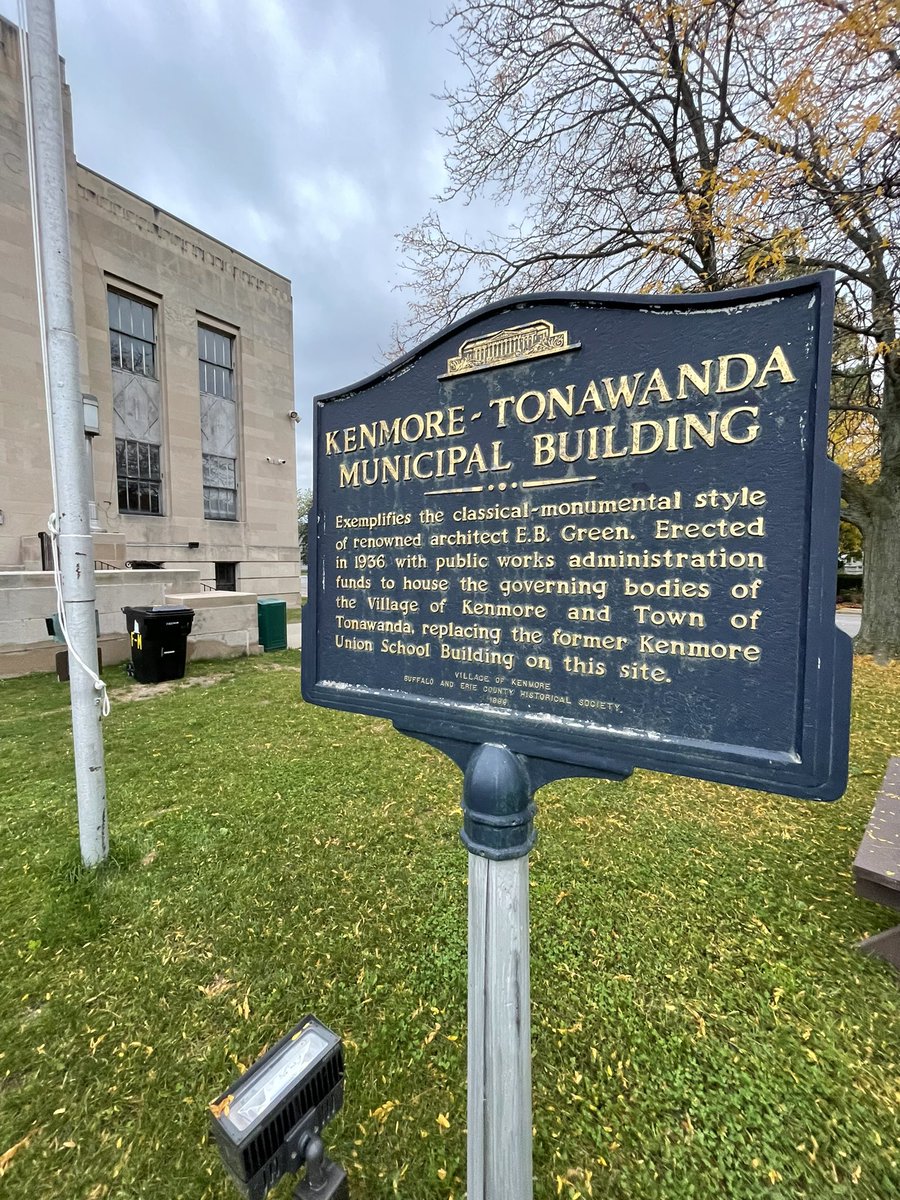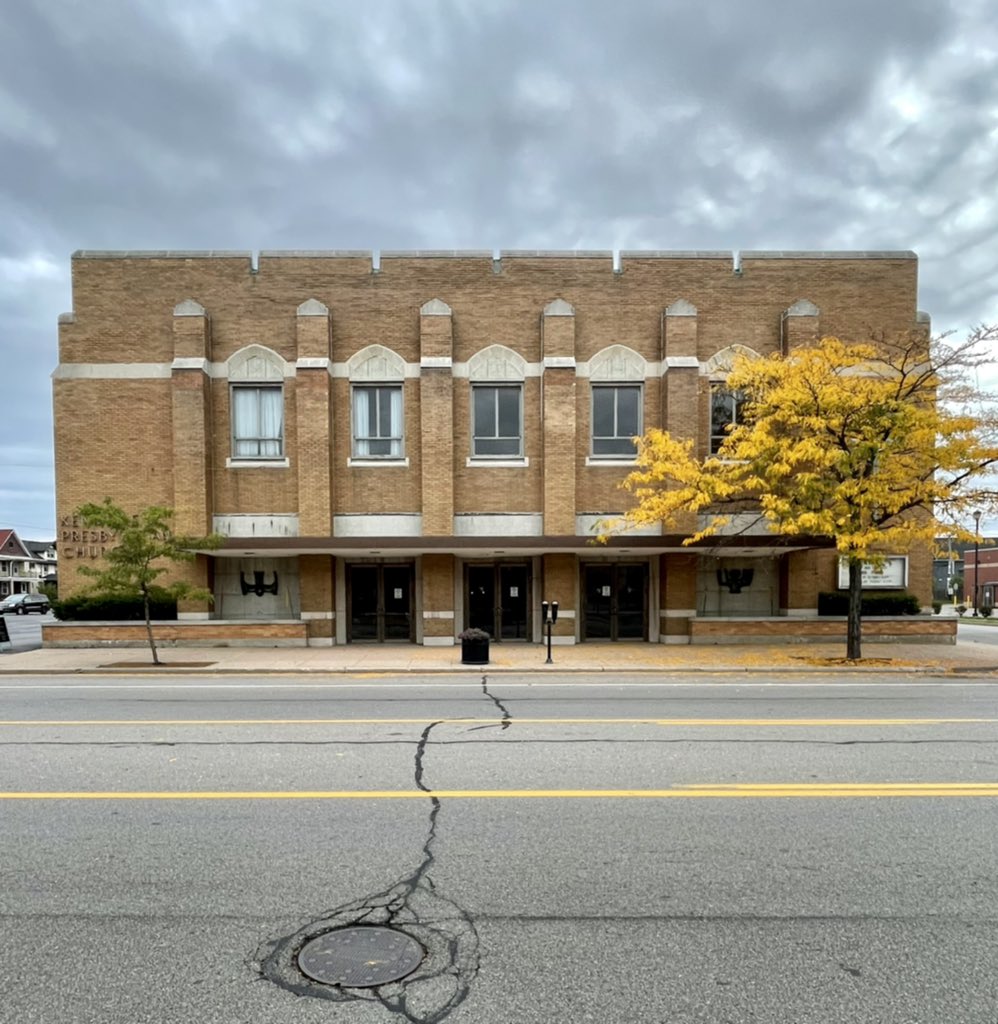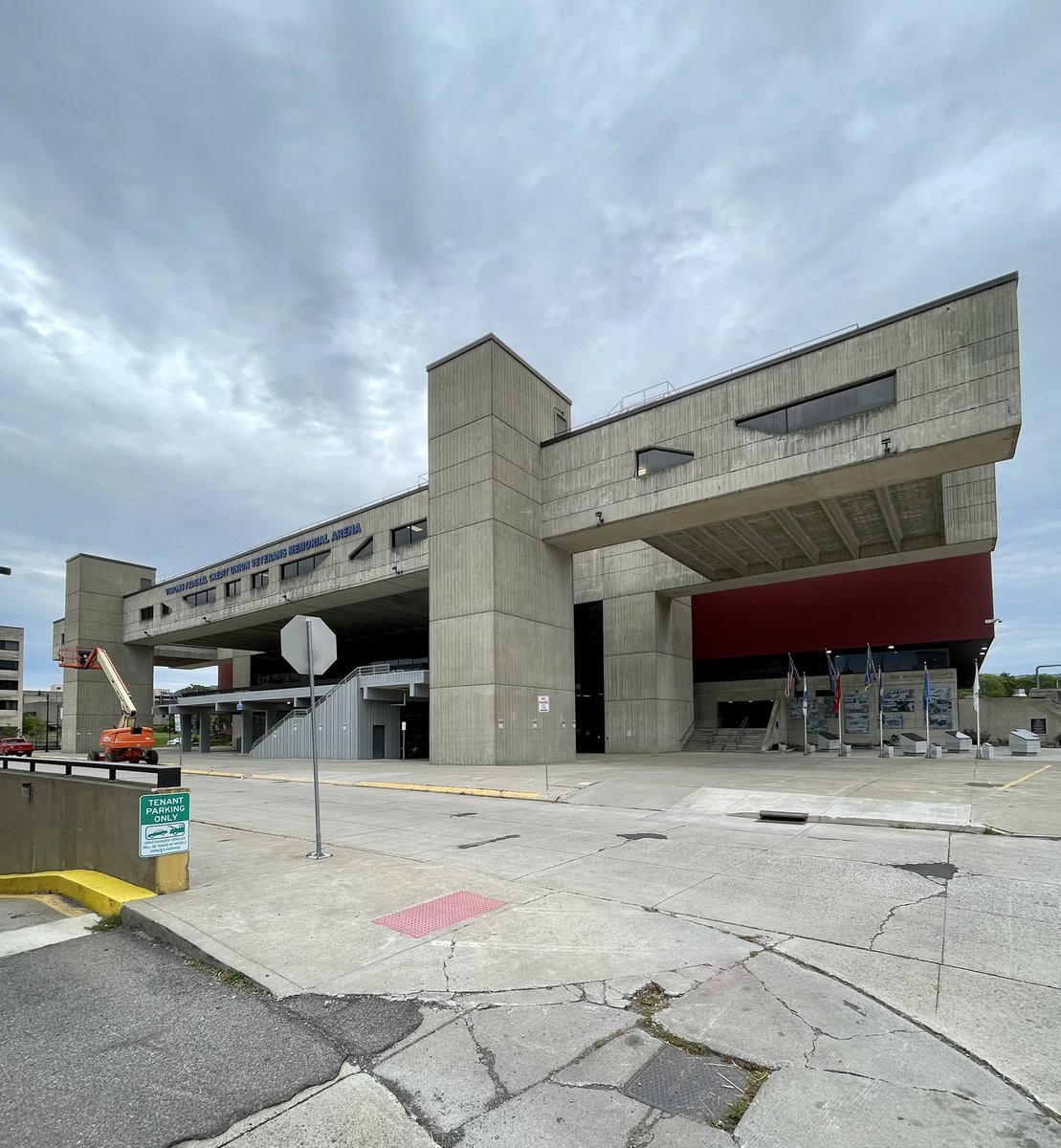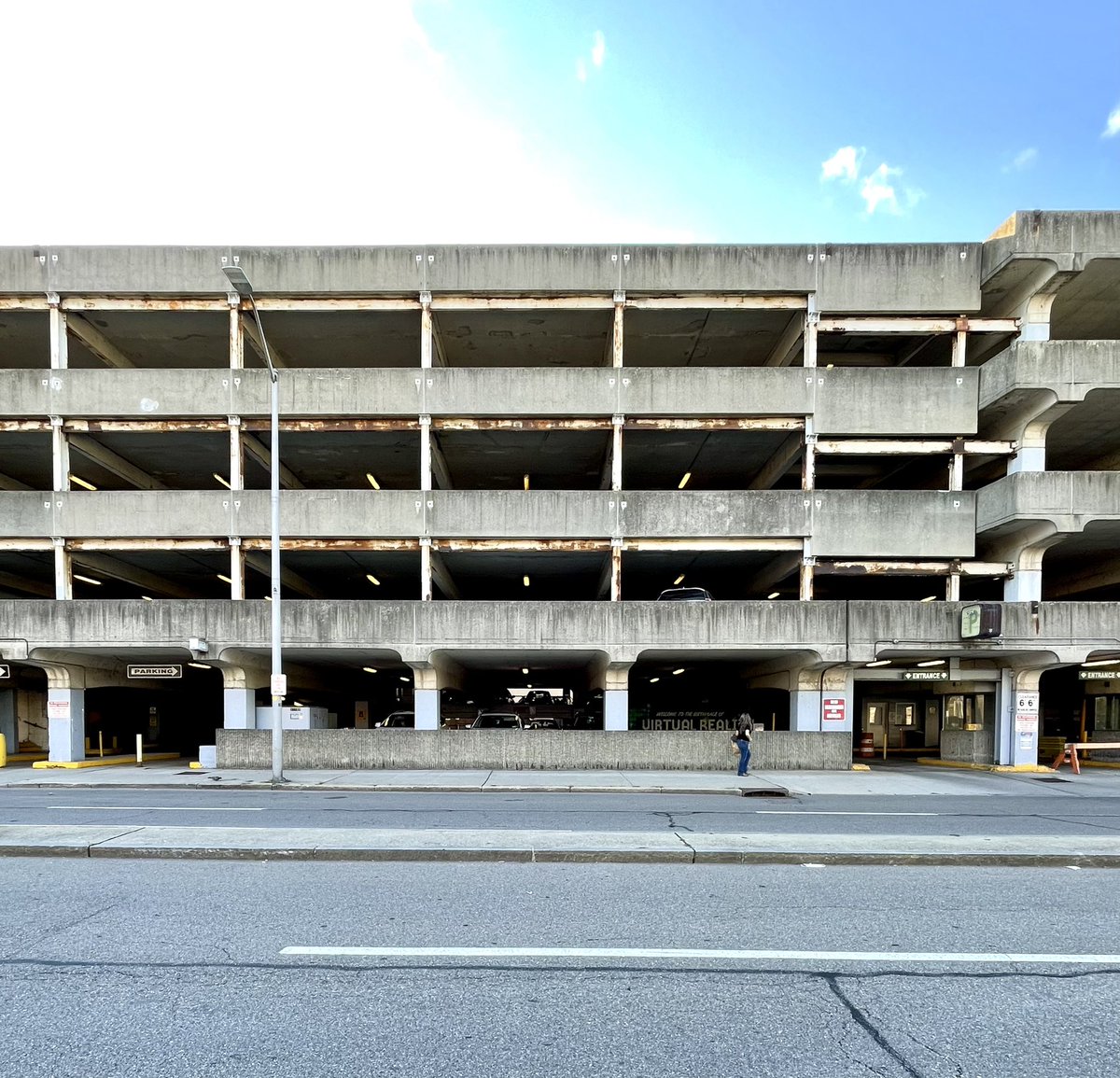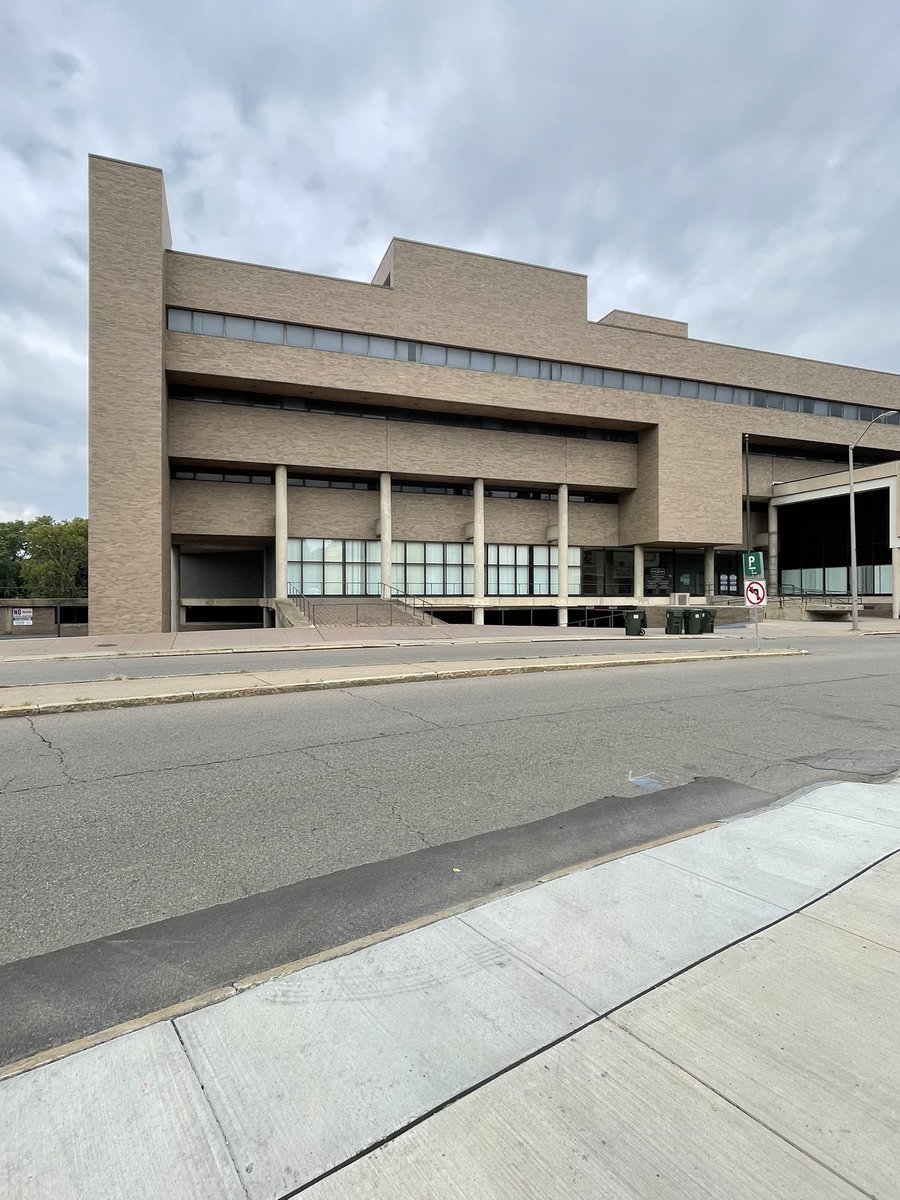
FinTwit mocked me for expressing concern over inflation, & suggesting Fed might need to do something (raise rates sooner?)
I worry inflation will end up hurting working poor more in end then rate increases. Not sure.
bigger issue is being reliant on growth to help poor
1/
I worry inflation will end up hurting working poor more in end then rate increases. Not sure.
bigger issue is being reliant on growth to help poor
1/
That we rely on high growth as a policy to help working poor is a reminder we still have “Trickle down” as primary social policy.
That is at the core a very conservative position many in finance/policy take
It also means we will almost always face this bad decision
2/
That is at the core a very conservative position many in finance/policy take
It also means we will almost always face this bad decision
2/
Using eco growth as social policy means just when working poor are about to get some trickling down, we overheat & they get screwed by inflation most (oil, food are core costs) & don’t own assets to hedge themselves (stocks houses)
It is almost always a lose lose situation
3/
It is almost always a lose lose situation
3/
My frustration is we shouldn’t be addressing these issues primarily with growth policy — they should be addressed with deeper structural issue. Raise minimum wage. Health care. Labor rights. Etc.
Relying on growth is very much a result of Neo-lib & libertarian thinking
4/
Relying on growth is very much a result of Neo-lib & libertarian thinking
4/
The correct pushback against my suggestion we might need to raise rates sooner is that current price increases are not growth sensitive.
Which is bad. Since working poor most screwed if inflation gets worse. A real threat IMO (but I am not certain!)
5/
Which is bad. Since working poor most screwed if inflation gets worse. A real threat IMO (but I am not certain!)
5/
Also. If your primary concern is US working poor, then maybe rethink your views on Free Trade. Something FinTwit isn’t that open to!
• • •
Missing some Tweet in this thread? You can try to
force a refresh


